SUMMARY
After Elden Ring was first announced, its gameplay was still mysterious, and a common joke labeled it “big Dark Souls .”
Elden Ring ‘s base game, however, differs quite a lot from Dark Souls in how its game world is constructed.
Shadow of the Erdtree hews much closer to the idea of big Dark Souls , giving players a world more intricately constructed.
Even after Elden Ring was first revealed at E3 2019, virtually nothing concrete was known about it from a gameplay standpoint. The announcement trailer introduced a handful of key characters, but its famous line, “I doubt you could even imagine it,” was hilariously apt. From a handful of interviews director Hidetaka Miyazaki did at the time, a common joke arose which painted Elden Ring as “big Dark Souls.” While the idea was surely perpetuated with some facetiousness, big Dark Souls wasn’t an inaccurate description of what was known about the game – a truly open-world rendition of the dark fantasy RPGs that had propelled FromSoftware to prominence via the Dark Souls trilogy.
Following the announcement trailer, FromSoftware went radio silent for two whole years, and the studio’s most dedicated fans grew collectively Hollow, their rabid anticipation mirroring the degenerative madness of Dark Souls‘ Undead in various online spaces. Funnily enough, I look back on Elden Ring‘s protracted marketing cycle with a lot of fondness. Since having my perception of what video games could be turned on its head by playing Dark Souls in 2011, I’d become one of the Hollow Undead desperately hoping for Elden Ring news at every possible opportunity. I didn’t necessarily need to know more – only my untimely demise could’ve stopped publisher Bandai Namco from securing a day-one purchase from me.
Elden Ring Was Not The Big Dark Souls I Expected
The Lands Between Has Only A Passing Resemblance To Lordran
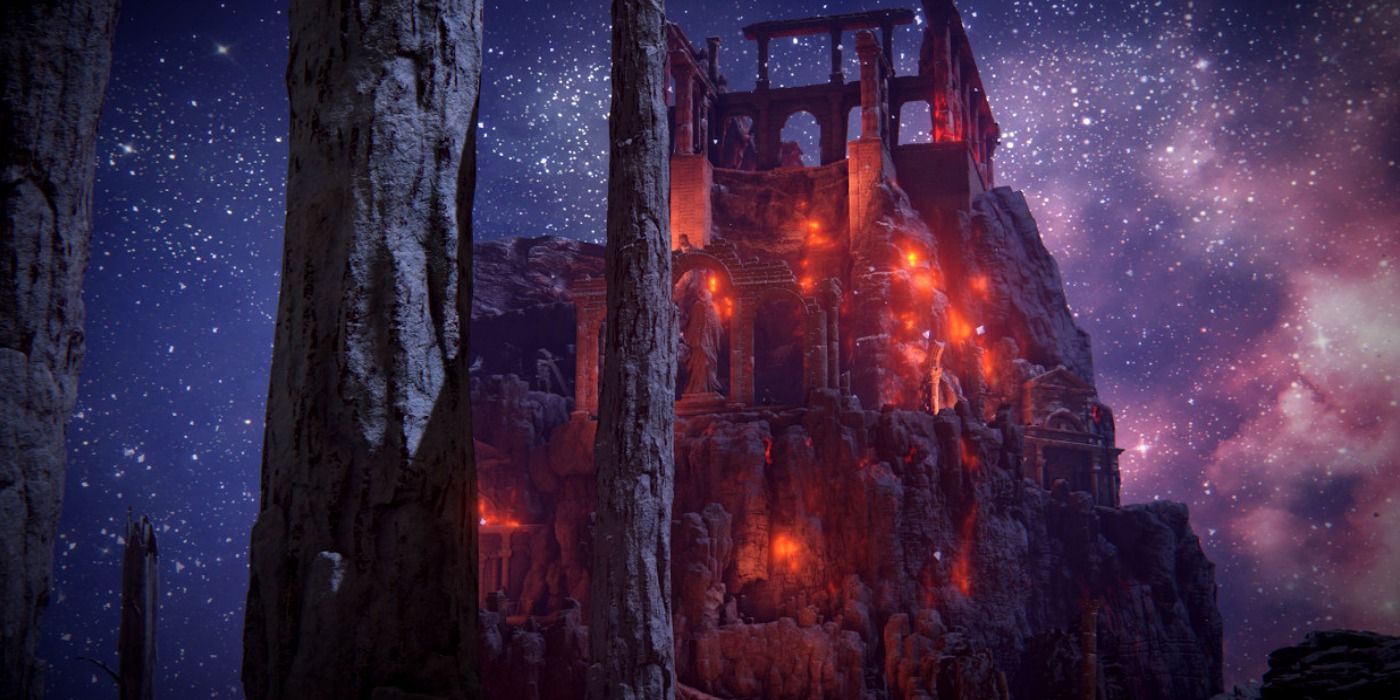
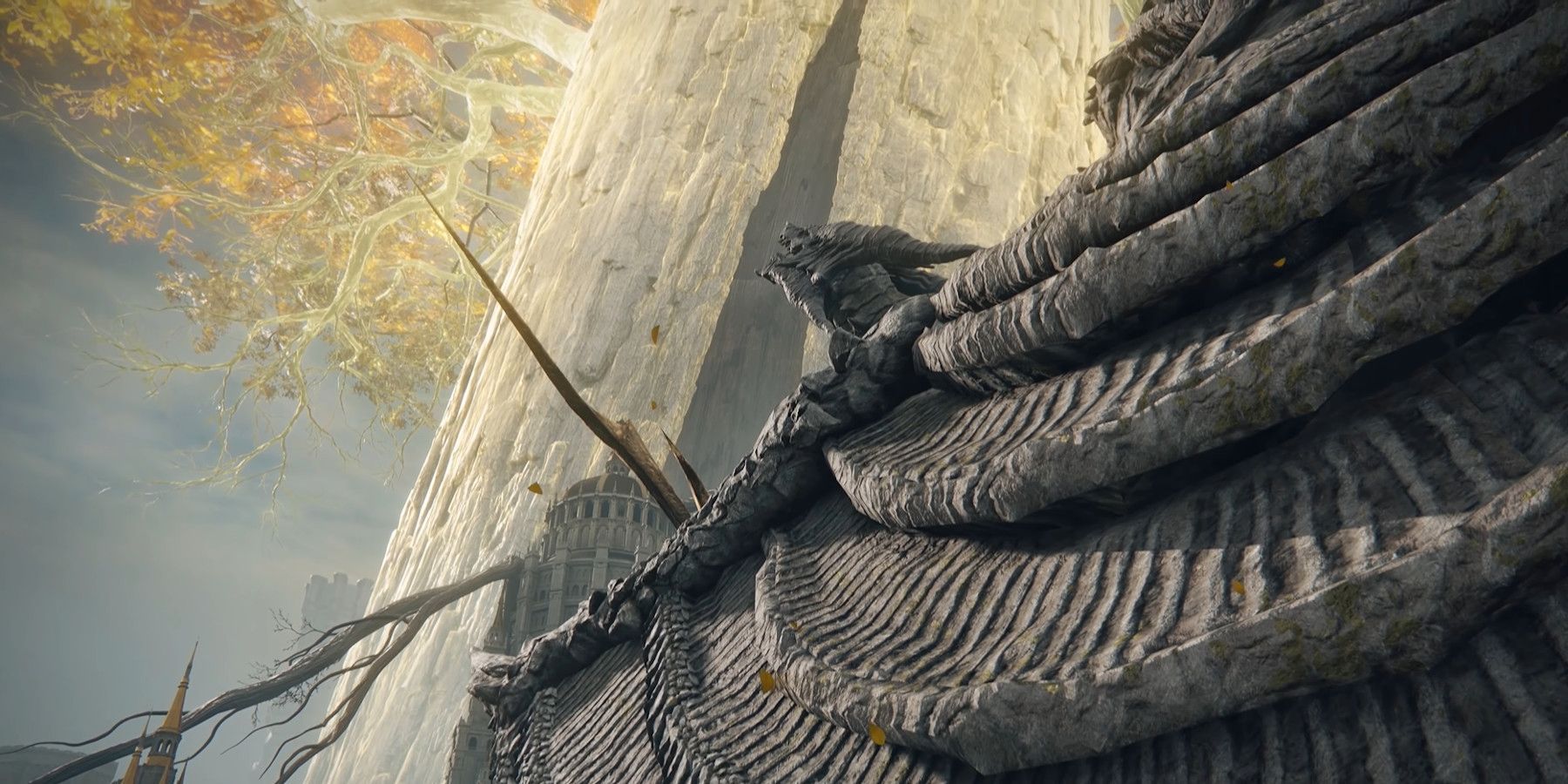
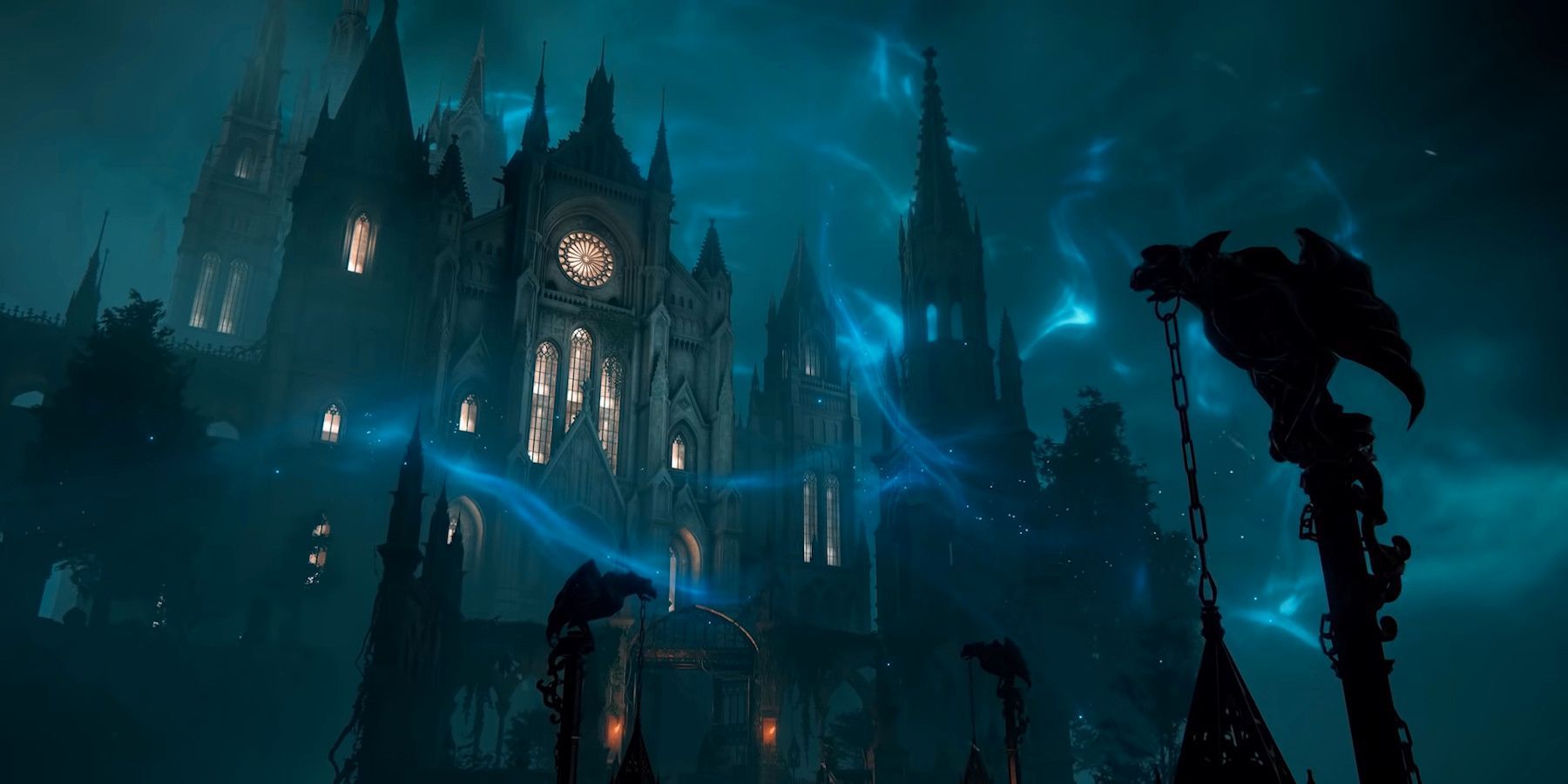
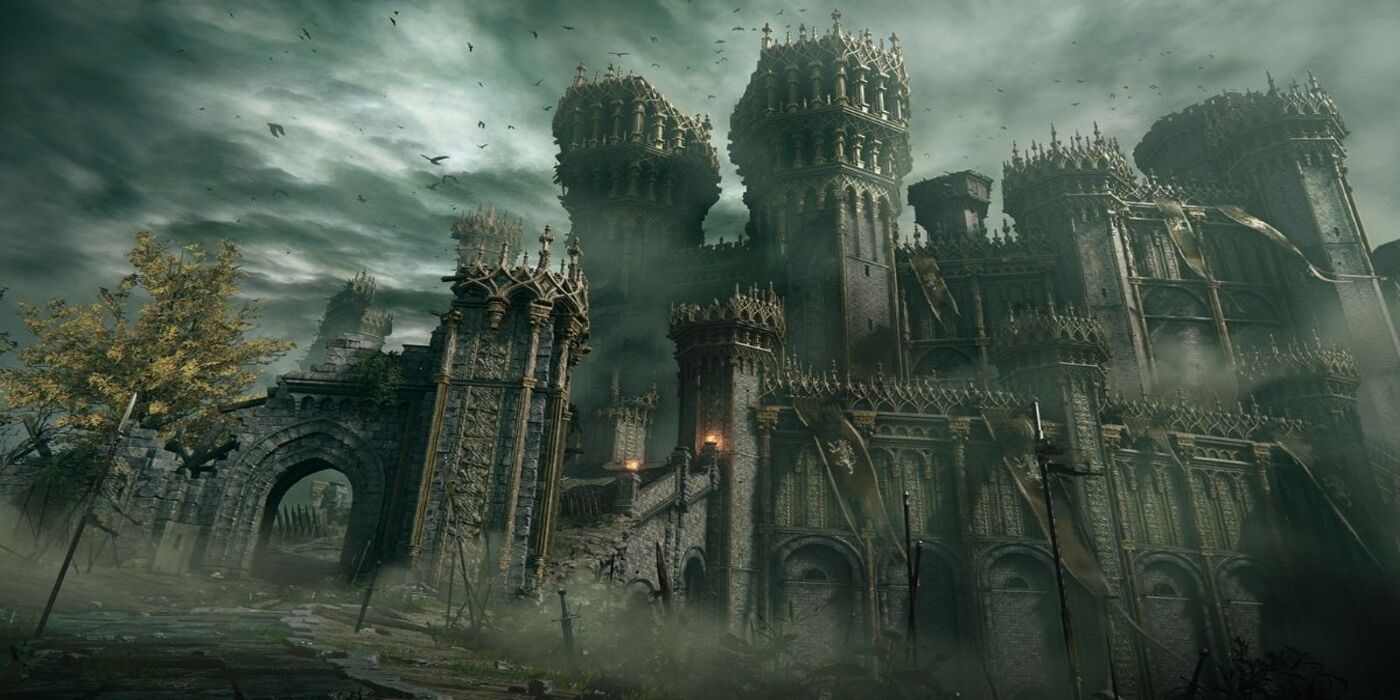
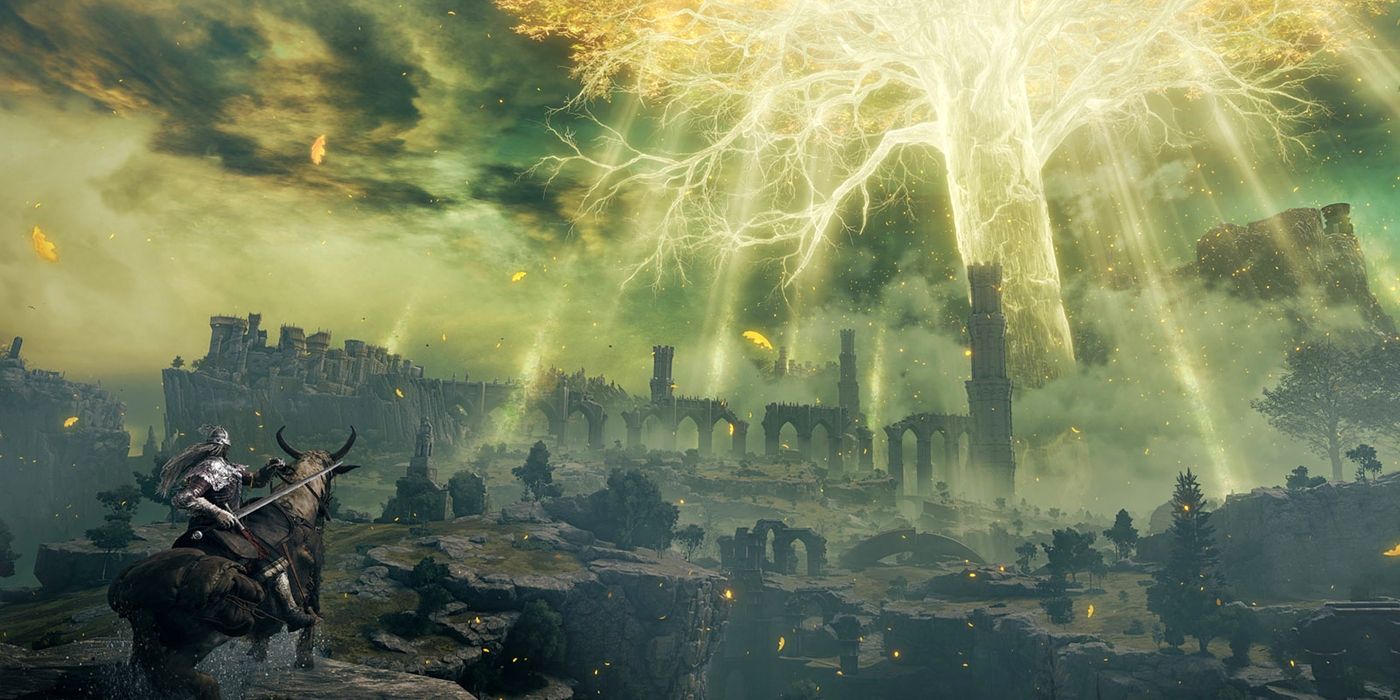





On November 12, 2021, in a move that was surely not great for my health, I woke up before sunrise to participate in the first Elden Ring Closed Network Test – essentially a beta to stress test the servers, which let players get a glimpse of West Limgrave. This was my first inkling that Elden Ring might not be the big Dark Souls I expected. In my Closed Network Test impressions, I wrote, “Boletaria, Lordran, Drangleic, Lothric, Yharnam, and Ashina are all expansive and deep game worlds conceptually, and while none of them are particularly small in terms of playable space, all will seemingly pale in comparison to Elden Ring’s Lands Between.”
How naïve I was.
I likened this sampling of the Lands Between to an open world “somewhere between those of Breath of the Wild and Dragon’s Dogma,” and estimated the Closed Network Test’s playable area to be “approximately one twelfth of the game, being half of one of six regions.” How naïve I was. In retrospect, it should’ve been clear that this was not big Dark Souls; sure, the combat is essentially lifted straight out of Dark Souls 3 in most respects, but I didn’t want big Dark Souls 3, I wanted big Dark Souls. Not even Elden Ring‘s Legacy Dungeons (Stormveil Castle was not sampled in the Closed Network Test) would prove to be what I was expecting.
This isn’t to say I have any serious qualms with Elden Ring; it is quite safely one of my favorite games of all time – and it only barely beat out my eternally beloved Ocarina of Time in Screen Rant‘s list of 35 best games ever. The Lands Between, however, is nothing like Dark Souls‘ Lordran. In fact, no other game I’ve ever played even comes close to giving me the same exploratory satisfaction that Dark Souls does with its at-first enigmatic labyrinth of a world.
I’ll never forget trudging through the eternal twilight of Darkroot Garden, looking up, and being astounded that there was Havel the Rock’s tower in the Undead Burg, looming hundreds of feet above me. I’d climbed all the way down from there over the last few hours thanks to my trusty Master Key – and, of course, following a series of literally crushing deaths at the hands of Havel.
FromSoftware has a knack for grandeur, certainly, but Elden Ring is sprawling, whereas Dark Souls is practically stacked on top of itself.
It’s a feeling that repeatedly surfaces throughout a first playthrough of Dark Souls. Hearing the Firelink Shrine music kick in when you’ve just ridden an elevator down from the Undead Parish is the first of many moments thinking, “Wait, how did I end up here?” Later on, when you’ve really started getting Dark Souls figured out, it turns into anticipatory wonder at the circumstances that’ll bring you to some unexplored location in the distance – the Duke’s Archives are perched above Anor Londo, but the gate is sealed; the lava pits of the Demon Ruins are the only source of light in the Tomb of the Giants, a hint at the hellish landscape you’re descending toward.
Elden Ring has similar moments, many of which have been solidified as commonly held experiences in the game’s zeitgeist: riding the elevator down into Siofra River for the first time; getting transported to Scarlet Rot-infested Caelid by a trapped chest; defeating the Draconic Tree Sentinel and earning that first look over the decrepit Leyndell, Royal Capital. FromSoftware has a knack for grandeur, certainly, but Elden Ring is sprawling, whereas Dark Souls is practically stacked on top of itself.
For as much of its DNA as Elden Ring inherits from Dark Souls (and Demon’s Souls), Elden Ring is not big Dark Souls, or at least not the big Dark Souls I was hoping for. Sadly, FromSoftware hasn’t recaptured the world design I so cherish from Dark Souls – partly, I think, because of Dark Souls‘ refusal to let you fast travel for the first half of the game, necessitating tight-knit areas. Five years after my imagination first ran wild with the concept of “big Dark Souls,” however, Elden Ring: Shadow of the Erdtree finally delivered.
Shadow Of The Erdtree Has The Compact World Design I Wanted From Elden Ring
The Land Of Shadow Feels More Like Lordran
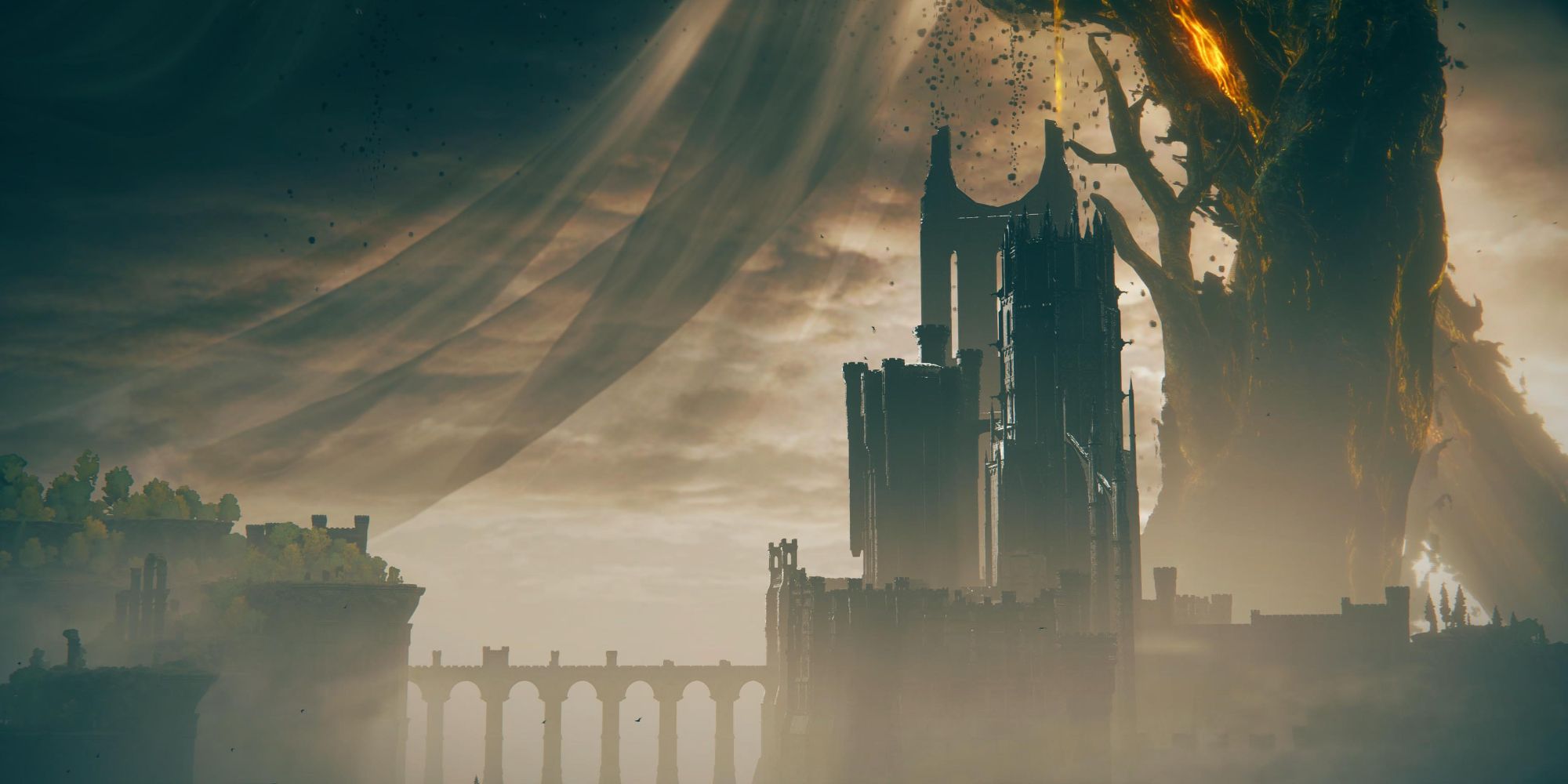
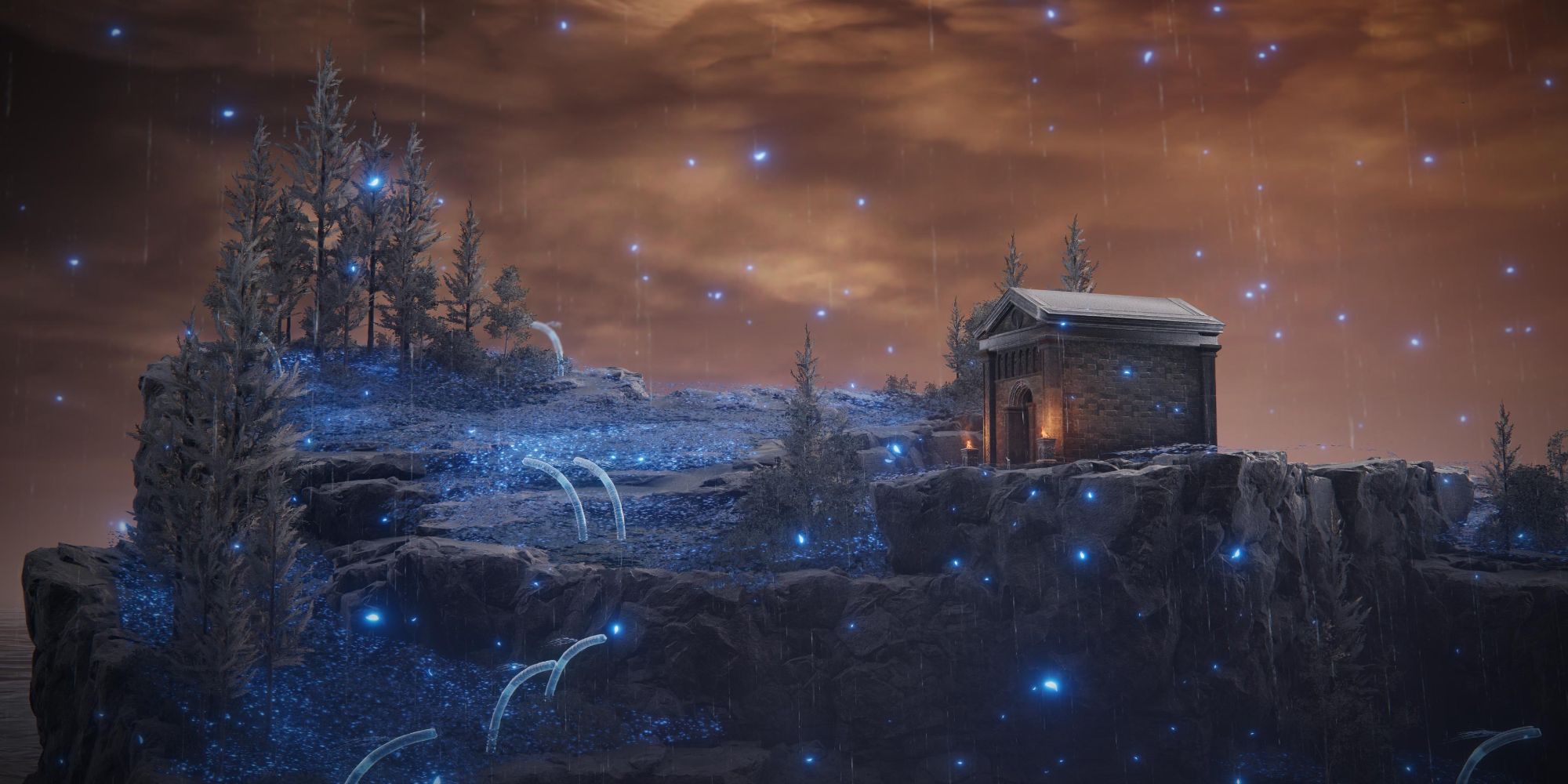
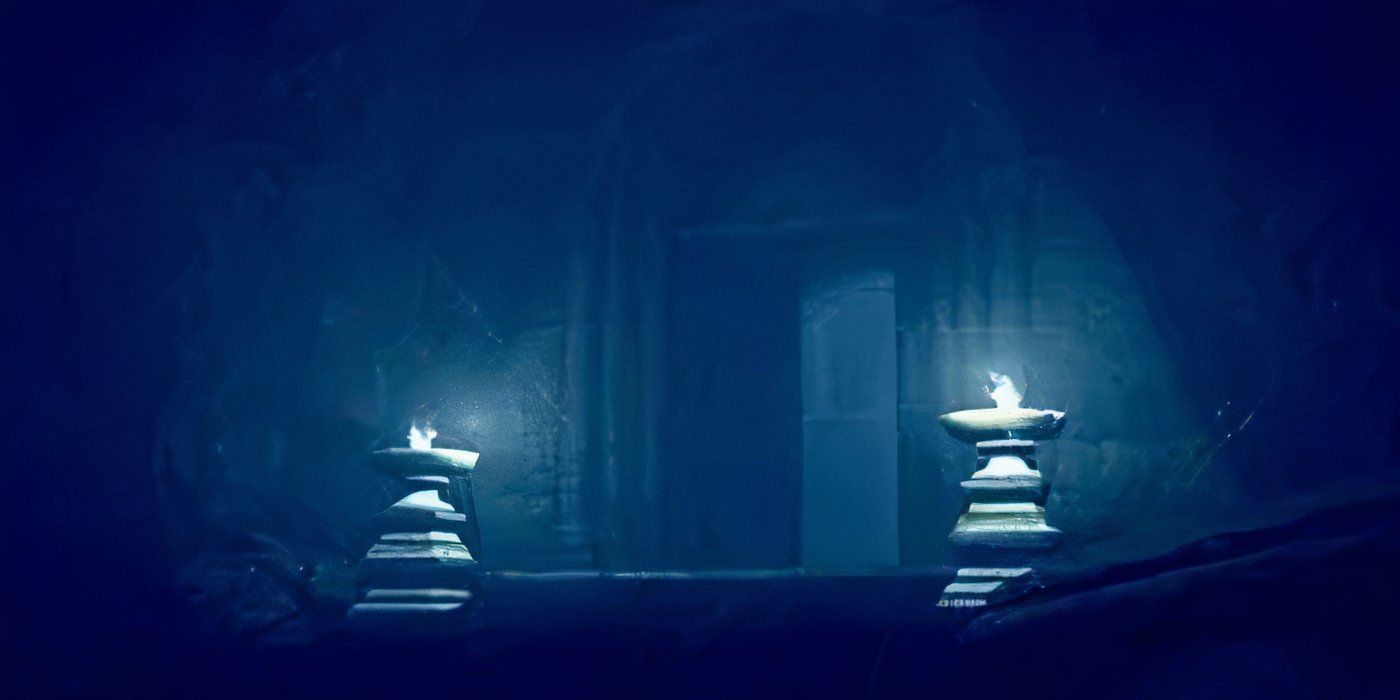
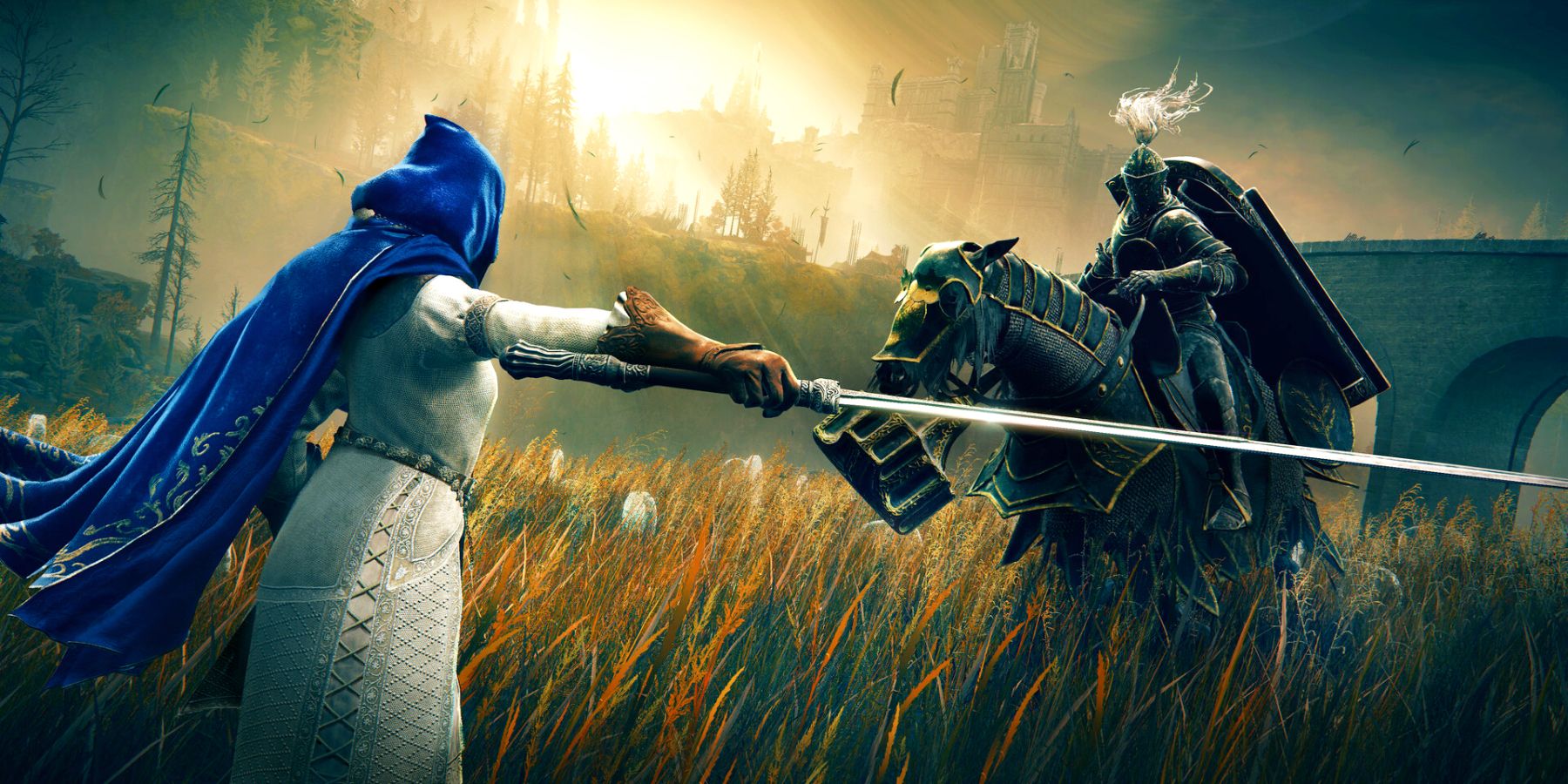
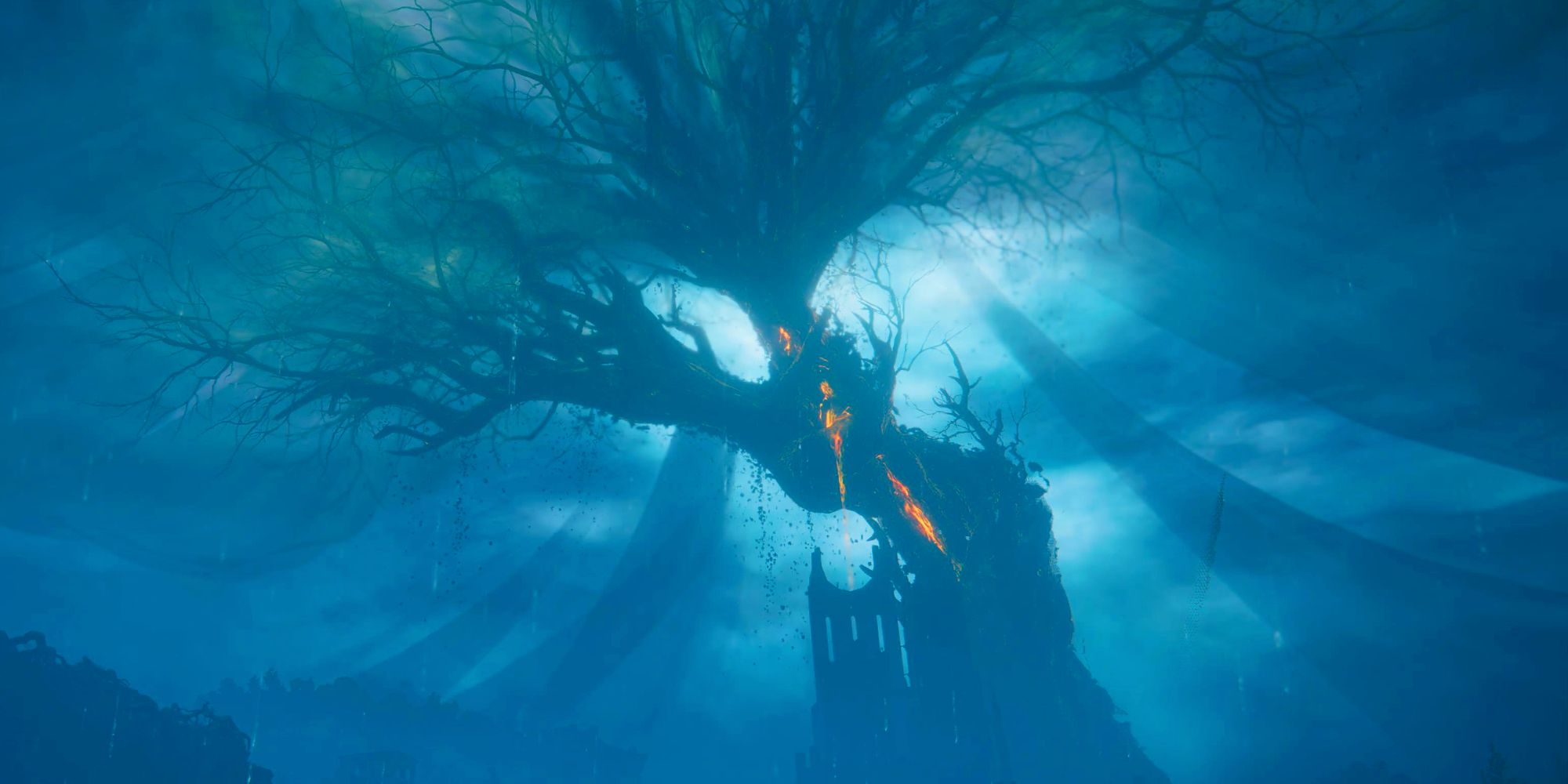





Upon starting Shadow of the Erdtree and entering the Land of Shadow, it quickly becomes apparent that it’s more compact than the Lands Between. It’s not necessarily denser – base-game Elden Ring is absolutely packed with caves and catacombs and minor dungeons – but the Land of Shadow already has its key features closer together. Belurat, Tower Settlement stands fairly close to Castle Ensis, and while the latter isn’t especially huge, its analogs in Castle Morne or Fort Haight are much further from Stormveil Castle, Belurat’s equivalent.
There are also more winding paths with an unclear destination. As noted in Screen Rant‘s Shadow of the Erdtree review, there really aren’t any mind-blowing surprises akin to that first descent into Siofra River, but descending into a ravine, wading through a river, and climbing down cliffs along waterfalls to its terminus, eventually finding the dazzlingly saturated Cerulean Coast is a memorable journey. It’s a completely separate route – up to a Gravesite Plain plateau, down through the Dragon’s Pit, and skirting Jagged Peak’s foothills – that gets you to Charo’s Hidden Grave, which is situated directly above the Cerulean Coast but below the Gravesite Plain.
Navigating Shadow of the Erdtree‘s map starts to feel like one continuous dungeon, with a lot of revelatory moments similar to those in Dark Souls. At one point, I spent quite some time fruitlessly looking for hidden paths in Shadow Keep; there was a ladder I couldn’t reach, but it clearly connected areas of the Specimen Storehouse I hadn’t yet explored. It was hours later that I finally climbed down through Moorth Ruins, fought the Greater Potentates in Bonny Village, had a cordial introduction to Count Ymir in the Cathedral of Manus Metyr (and a less-than-cordial introduction to Swordhand of Night Jolán), and found myself in the flooded Church District of the Shadow Keep, which would finally open the way to the back section and rafters of the Specimen Storehouse.
The Land of Shadow is admittedly not as intricate as Lordran, but Shadow of the Erdtree is much closer than the base game to the concept evoked by the thought of a truly open-world Dark Souls. The Land of Shadow is very large, certainly, and fairly wide open, but it’s not nearly as sprawling as the Lands Between. If you want to get to Caelid, directly east of the base game’s starting area, Limgrave, you can simply walk there. In Shadow of the Erdtree, the Abyssal Woods are directly east of Gravesite Plain, but nearly out of sight with how far down they are; the area isn’t even accessible unless you go far north to Shadow Keep, get washed out from the castle’s basement in a coffin to Recluse River, and double back down through a catacomb.
Exploration has to be a sort of puzzle, otherwise the map might feel lacking.
Exploration is fun in Elden Ring because there is constantly something new to find, and another dungeon to delve into. This isn’t untrue of Shadow of the Erdtree, but the lower number of dungeons (despite them generally being larger than their base-game counterparts) shifts a lot of the burden onto the overworld – exploration has to be a sort of puzzle, otherwise the map might feel lacking. Dark Souls is much smaller than Shadow of the Erdtree, but it feels similar because there’s a shared sense of scale with one area buttressing another; locations often tower over you as you work your way through the puzzle box.
FromSoftware hasn’t quite recreated the intricacies of Lordran, but the Land of Shadow in Shadow of the Erdtree is definitely closer in spirit than the base game. I don’t dislike Elden Ring‘s open world, it’s definitely in a special class of open-world RPGs that understand how to promote organic exploration, but the thought of “big Dark Souls” has left me pining for a slightly different experience. Shadow of the Erdtree finally gave me something close after five years, but it’s an Elden Ring expansion through and through, though hopefully the beginning of a return to a bygone era of FromSoftware world design.

